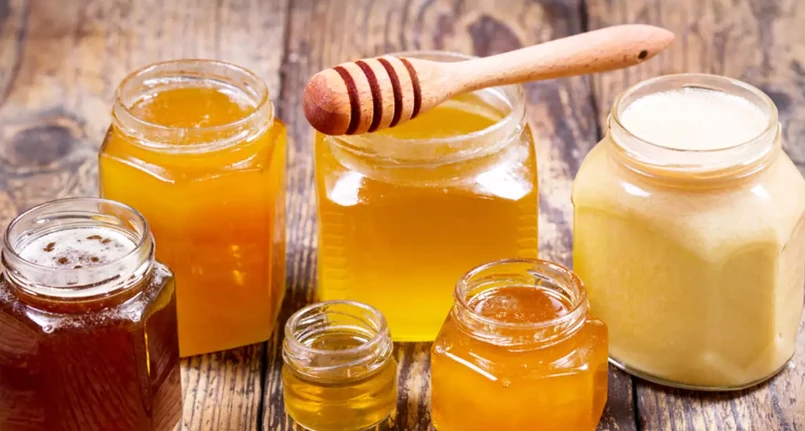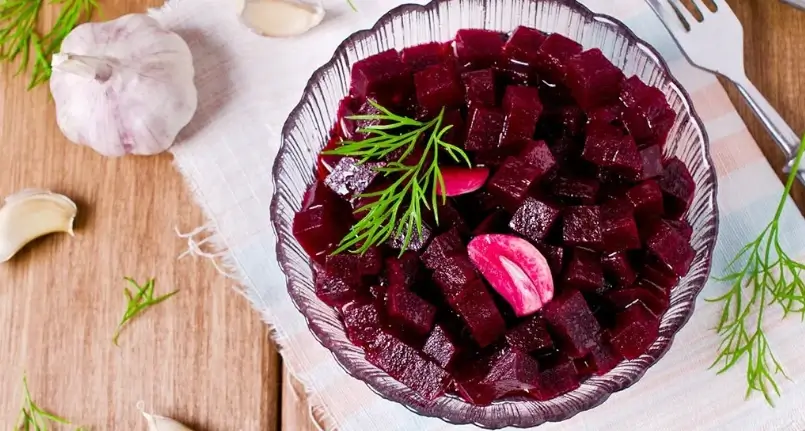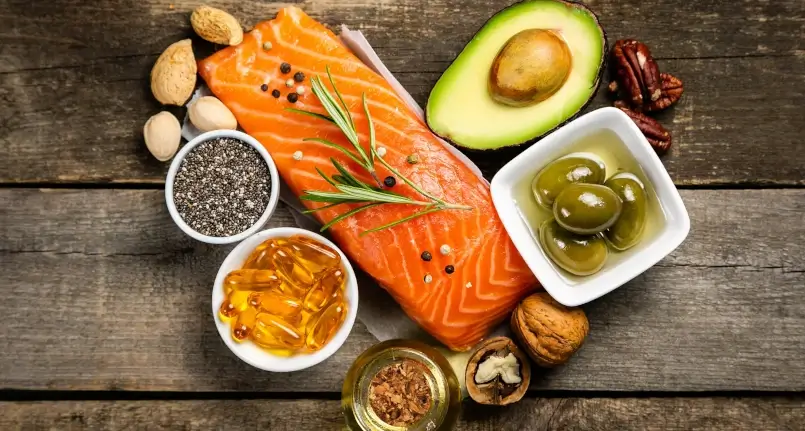Introduction
Honey is the product of the transformation, carried out by bees, of the secretions of flowers (nectar) and of the excretions of some insects ( honeydew ) ; it is then stored in the cells of the honeycombs (hives) or hives – depending on whether the bees are free or in beekeeping . Depending on the type of flower from which the nectar is sucked, honey differs in flavour, smell, color, crystallization and properties. The honeys that derive from a single type of flower are called “unifloral” or “monofloral”, while if it is nectar taken from various flowers it is called “polyfloral” or even “multifloral”. In general, its consistency is that of a more or less dense syrup, the color varies according to the type, from light yellow to orange to brownish, while the taste is almost always sweet and aromatic depending on the nectar.
Different types of honey and beneficial properties
Honey is the main natural sweetener used worldwide. With its 300 kcal per 100 g of product, made up almost entirely of simple sugars , it is a very energetic food . Due to its sweetening power , many prefer to use honey rather than sugar ( sucrose or fructose ) to sweeten recipes and drinks. If the sugar/honey quantity remains unchanged, there is a real advantage in terms of calories: honey, in fact, contains 33% fewer calories than sucrose and granular fructose.
Honey boasts numerous properties: antibacterial, anti-inflammatory , decongestant and cholagogue action , such as certain polyphenols and essential oils ; these, combined with the well-known emollient effect of the food, make honey a good solution for the treatment of pharyngitis – especially some varieties.
Adding honey to foods or drinks is also a great home cough remedy.
Acacia’s honey
Acacia honey is a monofloral honey, obtained by bees that draw exclusively from the acacia plant. It is among the most common and used and is widespread in Italy. It has a liquid consistency, light yellow in color, almost completely colorless. The scent is very light, and the taste very sweet and delicate, almost vanilla. It is the honey indicated for children.
Property. It boasts numerous properties for the treatment of pathologies especially relating to the respiratory system , such as sore throat , catarrh , nesal congestion, cough . Invigorating, laxative , anti-inflammatory , it is also used against stomach acidity .
Uses in the kitchen . The main use is as a natural sweetener instead of sugar. It is used in coffee, tea, milk , yogurt . In the most classic pairing, with cheeses, it goes well with gorgonzola , provolone and pecorino .
Wildflower honey
Wildflower honey is also among the most common and widespread honeys. It is multi-floral, because it is obtained from the nectar of various species of flowers, as the name suggests. Liquid, and with a more or less intense color depending on the season and the flowers of the area. Even the scent and flavor differ greatly according to the type of flowers and the territory.
Properties . Effective against flu syndrome , decongestant and cough reliever. Detox function for the liver , diuretic . Fixes calcium and magnesium in bones .
Chestnut Honey
Chestnut honey is a particular honey obtained from chestnut flowers and produced in the warm months, between June and October. The color and texture differentiate it from other types of honey . Originally mainly from the Mediterranean areas: Italy, Switzerland, Greece and France, in the mountainous areas above 400 meters. Very rich in fructose and not particularly crystallized. Very dark in colour, almost black, it is quite aromatic and decidedly less sweet than other types of honey. It has a slightly bitter aftertaste which makes it ideal for preparing savory dishes such as meat and cheese.
Properties . Emollient and lubricant, it helps to heal from respiratory disorders and frompersistent cough , soothes digestive problems caused by gastric ulcers . Anti-inflammatory and antibacterial. It is also a natural antioxidant : the presence of phenolic acid helps fight free radicals and therefore delay cellular aging . Not only that, it promotes blood circulation, is antispasmodic , and disinfectant of the urinary tract.
Uses in the kitchen . It goes well with meats and cheeses such as caciocavallo , goat cheese , Parmesan and blue cheeses.
Eucalyptus honey
Eucalyptus honey is a monofloral honey produced by bees that suck the nectar from Eucalyptus. It is medium amber in color, with an intense aroma that almost recalls dried mushrooms . The flavour, on the other hand, is very aromatic, with an almost “toffee” effect.
Property. Eucalyptus honey is very rich in flavonoids and therefore antioxidant because it is able to reduce free radicals. Also used to counter urinary infections , cystitis and intestinal disorders
Use in the kitchen. Combined with aged cheeses such as grana padano and Parmigiano Reggiano or Trentino, but also in the preparation of fish and vegetable main courses .
The only honey that doesn’t come from pollen…
The only honey that bees produce not starting from the nectar of flowers is that of honeydew. It remains liquid for a long time, but can crystallize assuming a stringy appearance. Dark brown in colour, it smells of jam and prunes . The taste is less sweet than nectar honeys and is more similar to isomalt . Among its beneficial properties are those tonics for skin and hair .
Other types of honey
Among the various types of honey commonly used in the kitchen, with therapeutic properties, we find:
- Strawberry tree honey : antiseptic , diuretic, anti- asthma
- Sunflower Honey : anti-neuralgic, fights bad cholesterol
- Heather honey : anti-rheumatic , restorative anti-anaemic action
- Lavender Honey : relaxing, antispasmodic.
- Dandelion honey : diuretic, purifying , regulates intestinal activities.
- Lime honey : sedative for menstrual pain , calming, diuretic, digestive , relaxing.
- Sainfoin honey: liver detoxifier , sedative , antiseptic and emollient properties .
- Bramble Honey: indicated for inflammation of the mouth and for childhood diarrhea .




